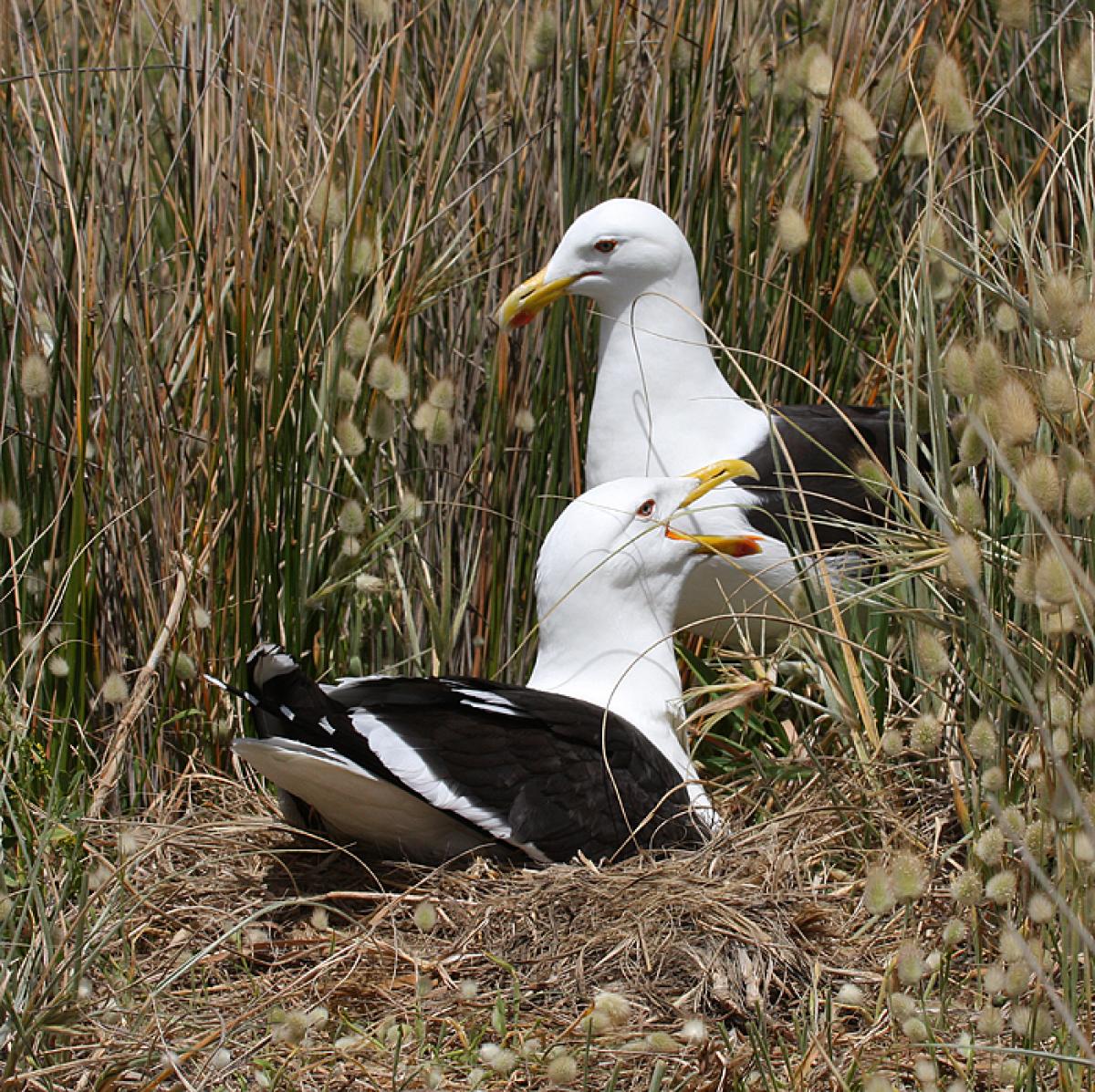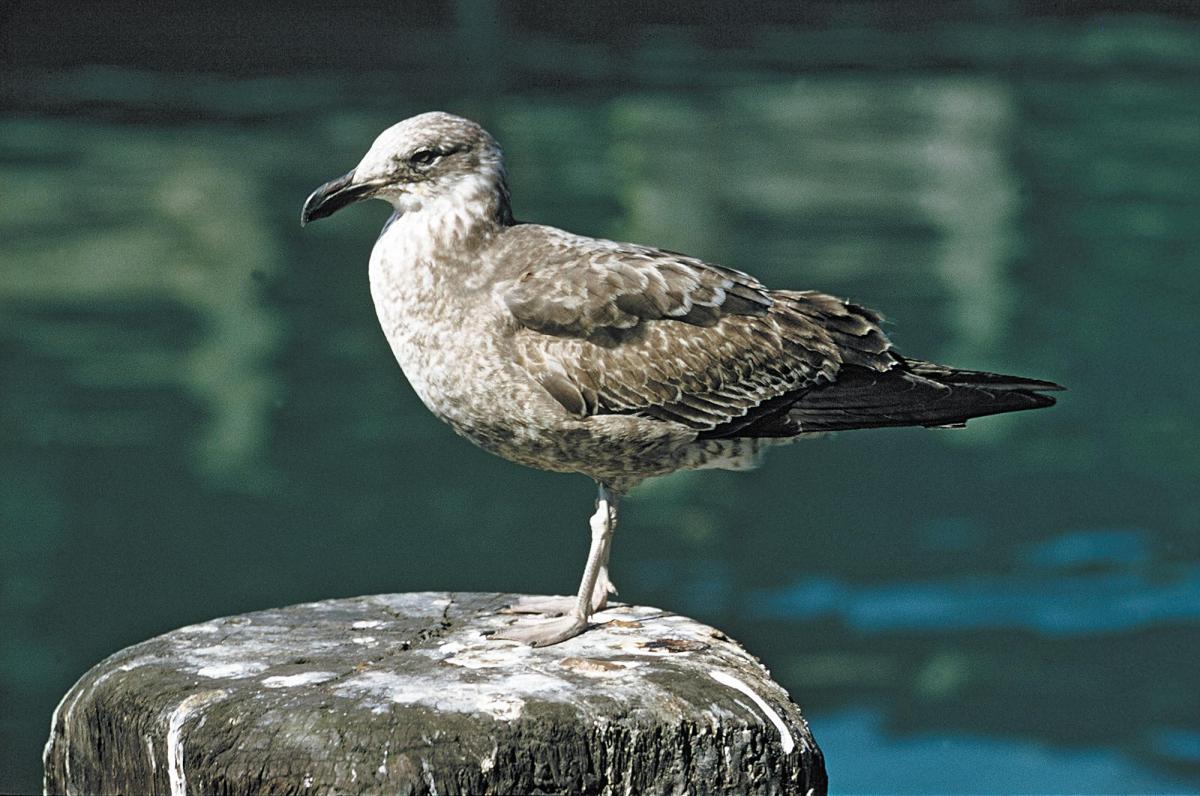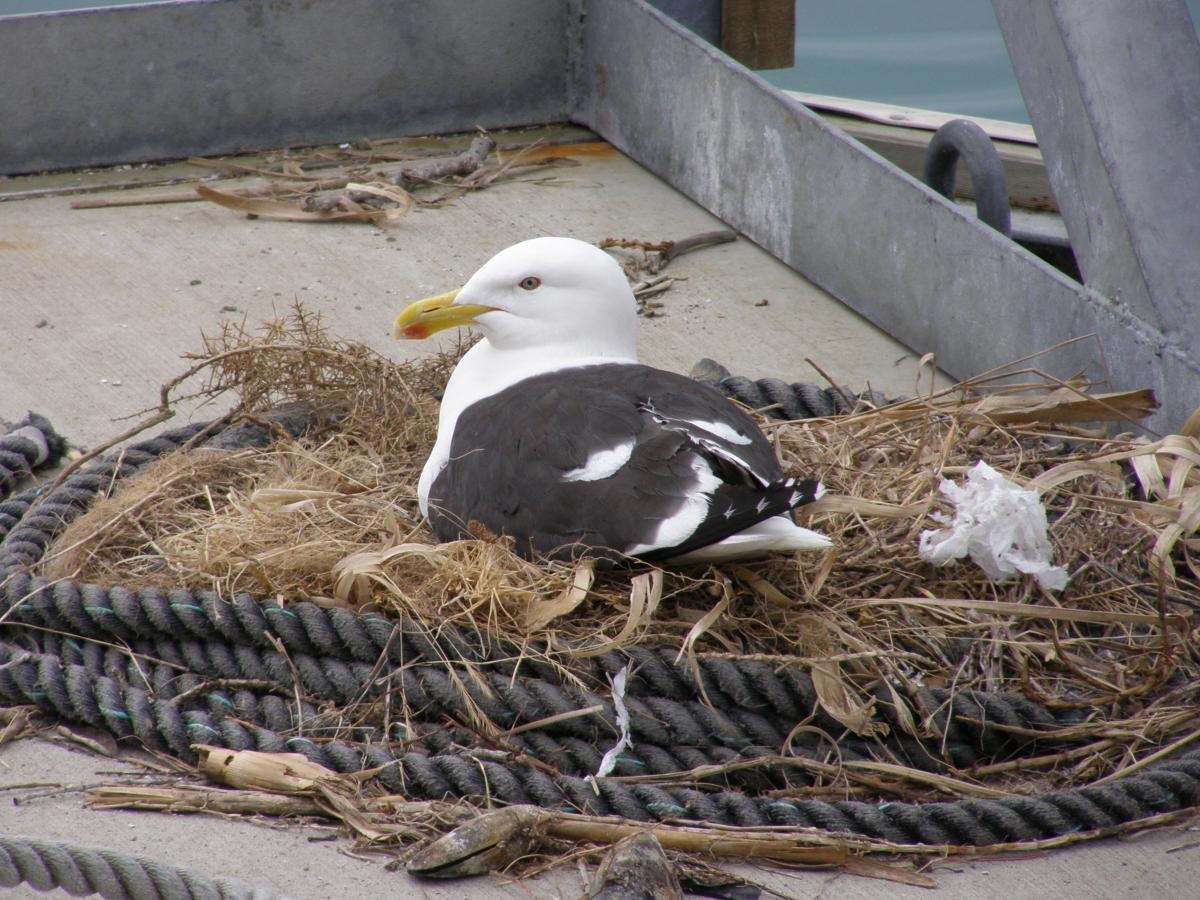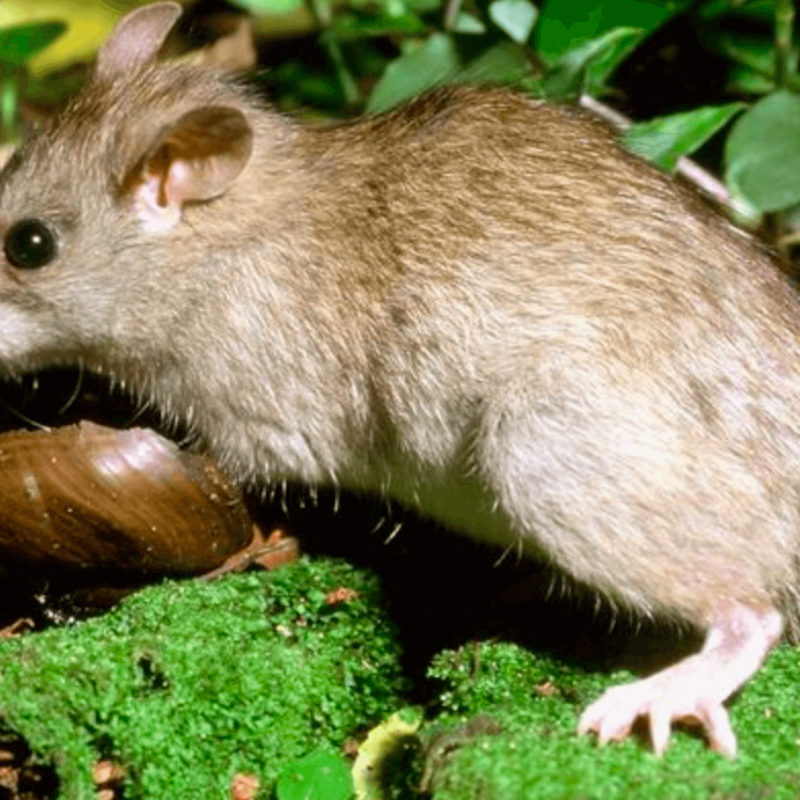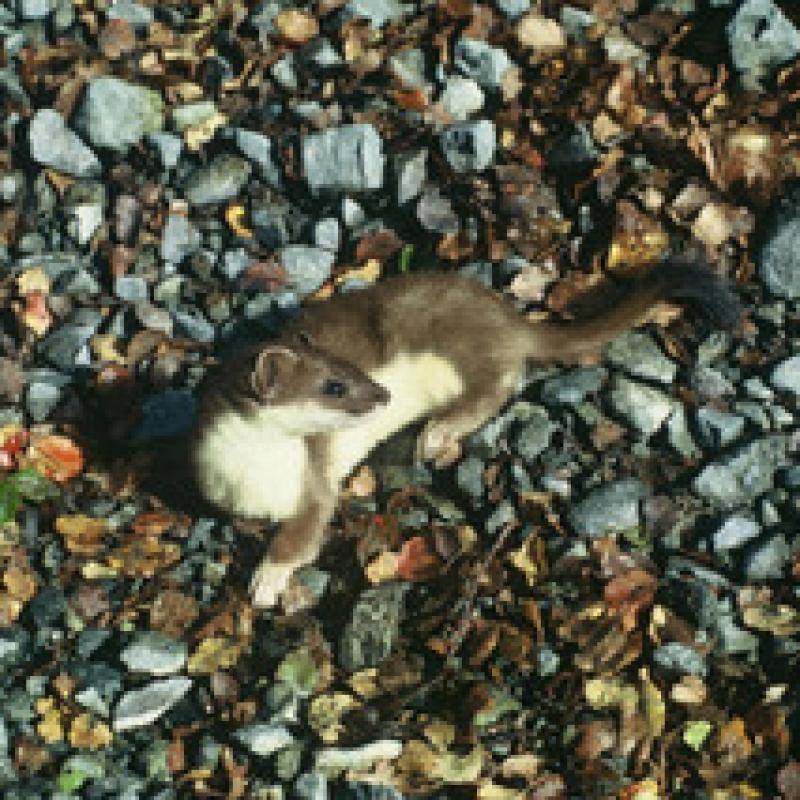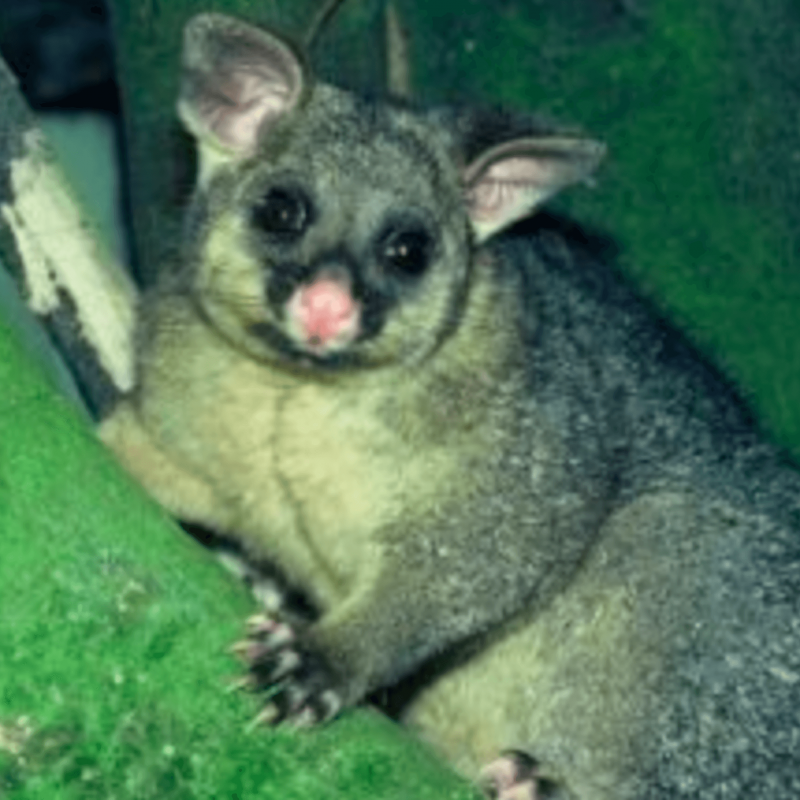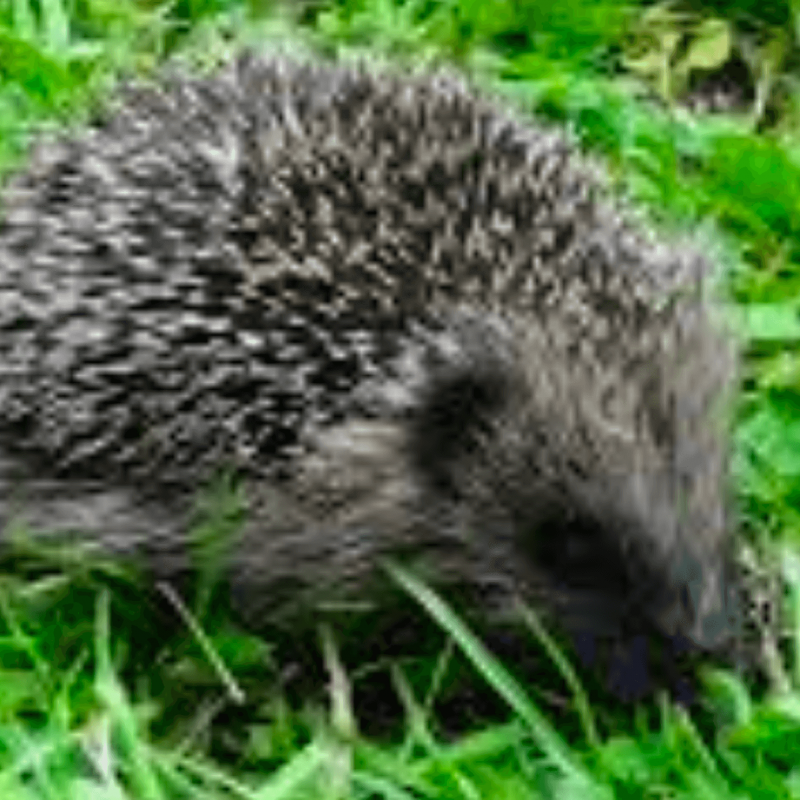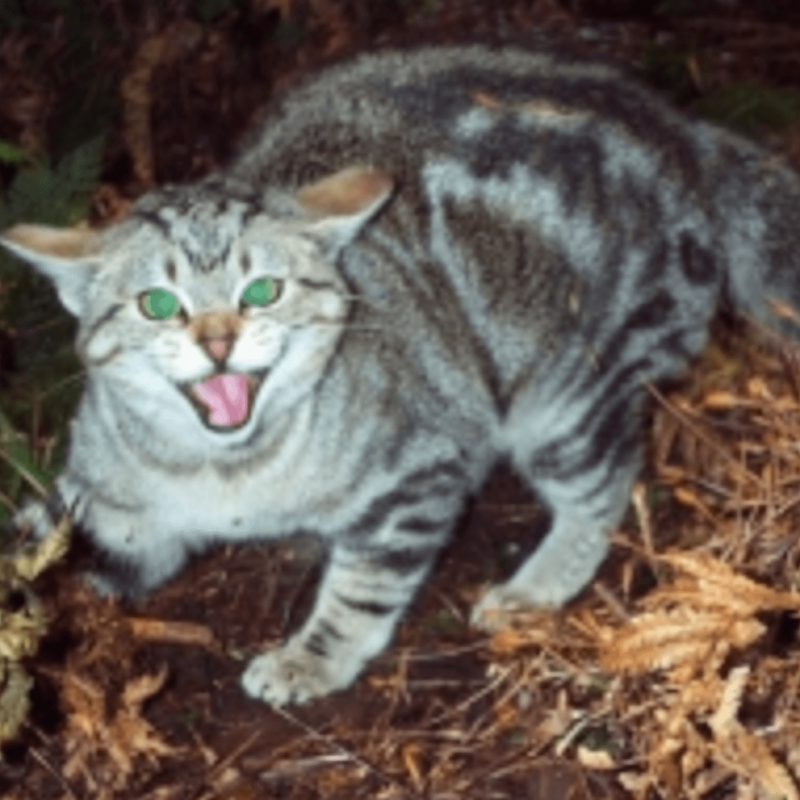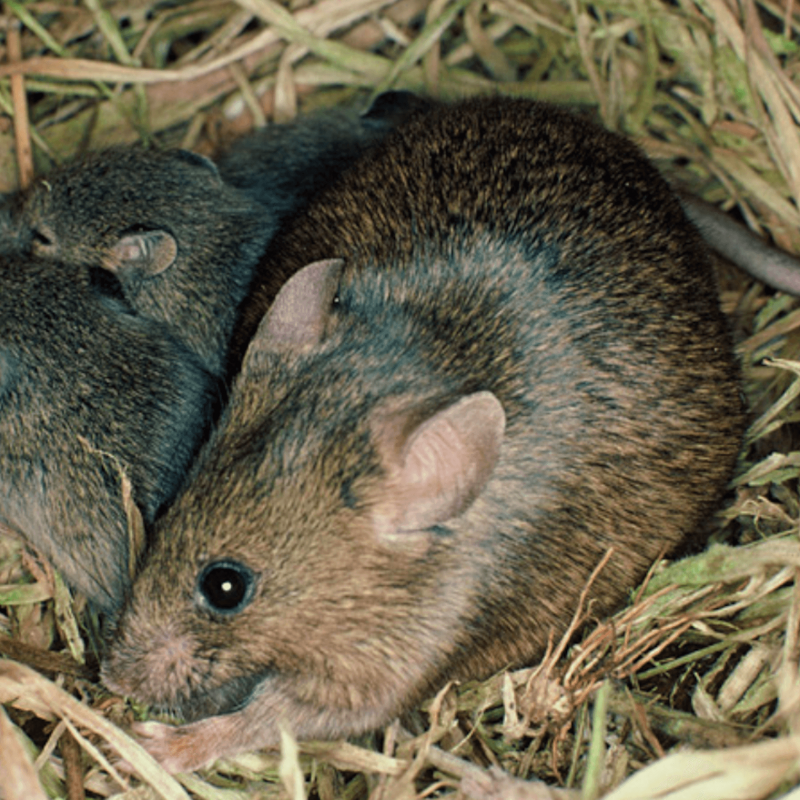One of only two native bird species not afforded any level of protection under the Wildlife Act, they are predators and scavengers.
The southern black-backed gull (or ‘black-back’) is one of the most abundant and familiar large birds in New Zealand, although many people do not realise that the mottled brown juveniles (mistakenly called “mollyhawks”) are the same species as the immaculate adults. Found on or over all non-forested habitats from coastal waters to high-country farms, this is the only large gull found in New Zealand. They are particularly abundant at landfills, around ports and at fish-processing plants.
Known widely as ‘kelp gull’ in other countries, the same species is also common in similar latitudes around the southern hemisphere, including southern Australia, South America, southern Africa, and most subantarctic and peri-Antarctic islands, and the Antarctic Peninsula.
They are abundant anywhere food scraps, offal and other organic waste can be found, including landfills and wharves. Common in estuaries and harbours, rocky and sandy shores and riverbeds; occurs more sparsely inland over farmland, and even subalpine tussockland and herbfields. The largest breeding colonies are on islands, steep headlands, sand or shingle spits, or on islands in shingle riverbeds. Breeds on most outlying islands; vagrant to Kermadec Is and Ross Sea.
Black-backed gulls are often considered pests, especially at airports (where they are a major cause of bird-strike), and on farmland, where some attack cast sheep and newborn lambs. They are sometimes shot, or controlled using toxins or by pricking their eggs. At a few sites, they are controlled to reduce their predatory impacts on threatened shorebirds, e.g. New Zealand dotterel, shore plover and fairy tern.
Bold and conspicuous, black-backed gulls are often attracted to food sources provided inadvertently or deliberately by people. In cities, they often roost and even nest on roofs. They are common in urban parks, seeking hand-outs and scraps, or harvesting earthworms from water-logged playing fields. Black-backed gulls are often seen on the water’s edge where they scavenge corpses and fish frames washed up on the tide. Flocks follow ploughs or inshore fishing boats with equal vigour. Nest sites and colonies are defended with loud, persistent calls; some will swoop at human intruders, but they are typically wary, and never make contact (unlike skuas and some terns). Black-backed gulls are harried by smaller gulls and terns when they approach their nesting colonies, although they often nest in close proximity.
Generally considered ‘super-abundant’ due to increased food supply from human sources, there are only a few remote island groups where black-backed gulls occur at what are considered natural densities, with isolated pairs breeding on rock stacks and headlands.
They have been recorded catching and consuming a wide range of marine and terrestrial invertebrates, fish, small mammals, birds and their eggs and chicks. They consume large quantities of organic waste from landfills and farms (e.g. docked lambs’ tails), plus offal from fishing boats and processing factories. Flocks gather at stranded or floating marine mammal carcasses, plus dead farm stock, where they consume both flesh and maggots.
Photos by: James Mortimer, Ormond Torr, Fred Kinsky, Josie Galbraith

